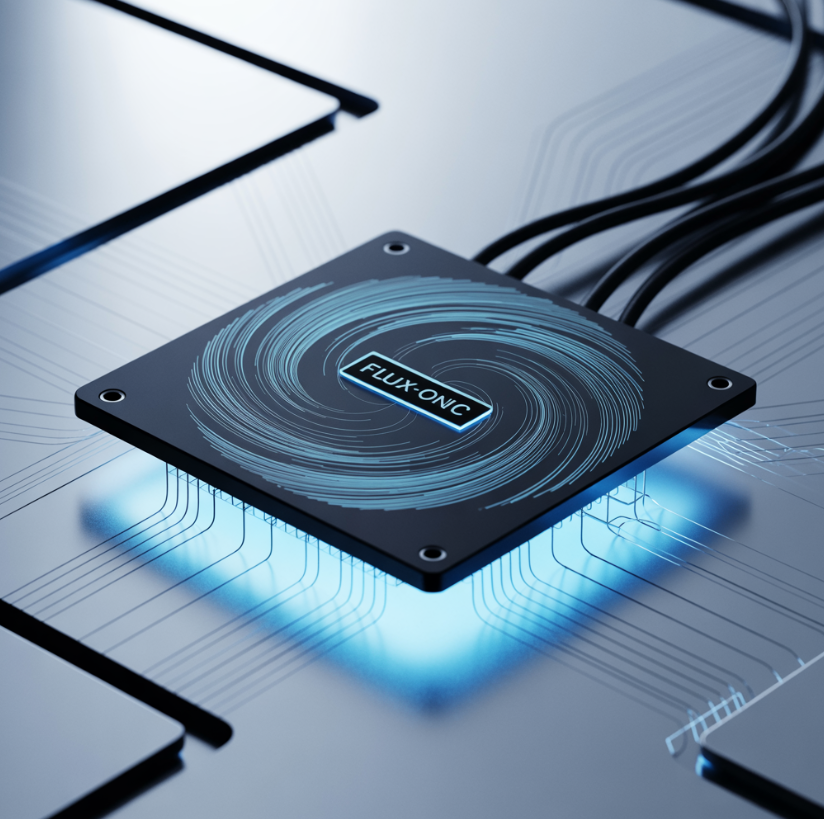
🔐 Secure Computing & Logic Devices: Building Tomorrow’s Unhackable Foundations
For decades, computing has advanced along a single track: ever-smaller silicon transistors shuttling electrons through fragile pathways. Moore’s Law has carried humanity far, but it has also brought unavoidable vulnerabilities — susceptibility to radiation, dependence on ultrapure fabrication environments, and exposure to increasingly sophisticated cyber threats.
Magnetic diodes open an entirely new branch of possibility.
By steering magnetic flux instead of moving electrons, active magnetic diodes make it possible to build logic gates and processors that operate outside the limitations of silicon. These “flux-onic” systems do not require continuous current, do not generate damaging heat at nanoscale junctions, and are inherently resilient to disruptions that cripple today’s microelectronics.
🧲 Flux-Onic Logic — A New Paradigm
At the heart of secure computing with magnetic diodes is a deceptively simple principle: one-way flux control.
- Binary states without electrons → instead of charge presence or absence, logic states are defined by flux pathways.
- Minimal switching power → steering flux demands only a fraction of the energy required to move charge carriers across a semiconductor junction.
- Immunity to charge-based interference → no electrons means no ionizing radiation errors, no static discharge sensitivity, and no backdoor injection via current manipulation.
This reframes the very foundations of computing, offering pathways toward logic systems that are not just smaller or faster, but fundamentally more robust.
🔐 Security and Resilience Advantages
The vulnerabilities of silicon-based computing are not theoretical — they are lived realities in defense, aerospace, and critical infrastructure. Magnetic logic devices, powered by active diodes, provide an answer.
- Resilience to EMP and radiation Electromagnetic pulses and cosmic radiation can instantly disable or destroy silicon processors. Flux-onic devices are inherently immune, as they depend on stable flux states, not fragile electron populations.
- Resistance to hacking With no charge flow to probe or alter, hardware-level exploitation becomes vastly more difficult. Flux steering provides a physical layer of security not available in silicon-based circuits.
- Extreme environment operation From space exploration to nuclear facilities, environments hostile to traditional electronics demand alternatives. Magnetic logic is naturally suited to these domains.
- Longevity and stability Without constant current flow, degradation from heat and electromigration is reduced, leading to devices with longer operational lifespans.
🌍 Why Institutions Should Lead
The first institution to demonstrate a working magnetic-diode logic processor will not just make headlines; it will set the stage for an entirely new industry.
- National prestige → developing secure computing systems that resist EMP and radiation places a research group at the forefront of global defense and aerospace innovation.
- Interdisciplinary magnetism → the project unites materials science, magnetics, microfabrication, and information theory, creating fertile ground for collaboration across departments.
- Talent and funding draw → such a world-first demonstration would attract ambitious researchers, as well as public and private investment from defense, aerospace, and computing industries.
The opportunity is more than technical — it is reputational. A university or institute that pioneers flux-onic computing will be recognized as shaping the trajectory of post-silicon technology.
🚀 A Future Beyond Silicon
Today’s electric vehicles are impressive, but they still carry the DNA of yesterday’s machines. They rely on architectures optimized around compromise. Magnetic diodes remove that compromise.
- Imagine secure processors that can operate unshielded in orbit for decades.
- Imagine hardened controllers that keep critical infrastructure running through EMP events or nuclear incidents.
- Imagine computing architectures that hackers cannot tap, probe, or manipulate at the hardware level.on.
Magnetic diodes make this future achievable. They remove the fragility of silicon and replace it with robust, elegant flux control
🌟 Conclusion
The computing world has been trapped within the limitations of moving electrons. The magnetic diode breaks those chains, offering the first true alternative to silicon logic in over half a century.
Institutions that step forward now stand to lead a revolution in secure, resilient, and sustainable computing. To be the first to build, test, and publish working flux-onic logic is not simply to advance research — it is to claim a place in technological history.
